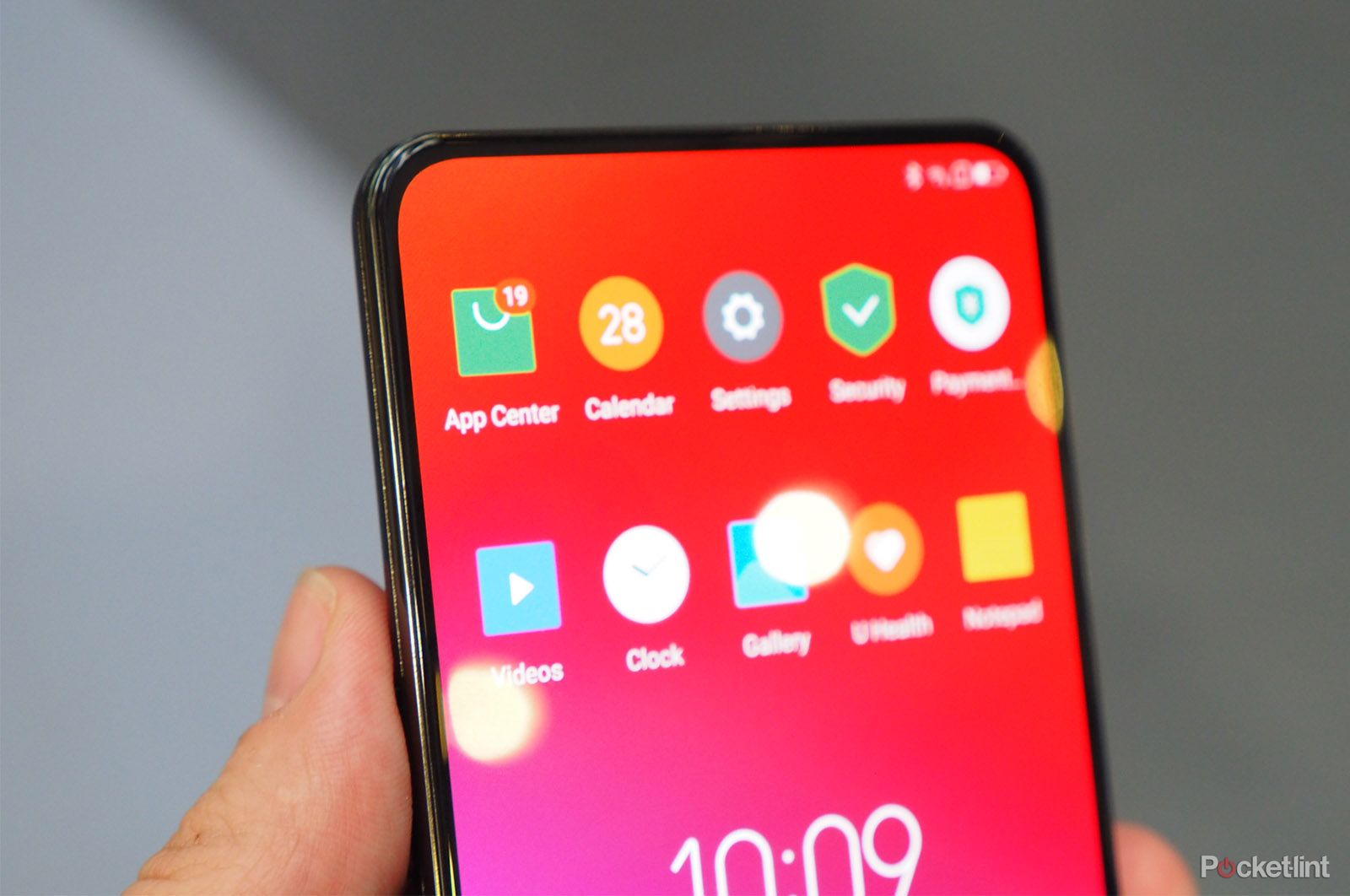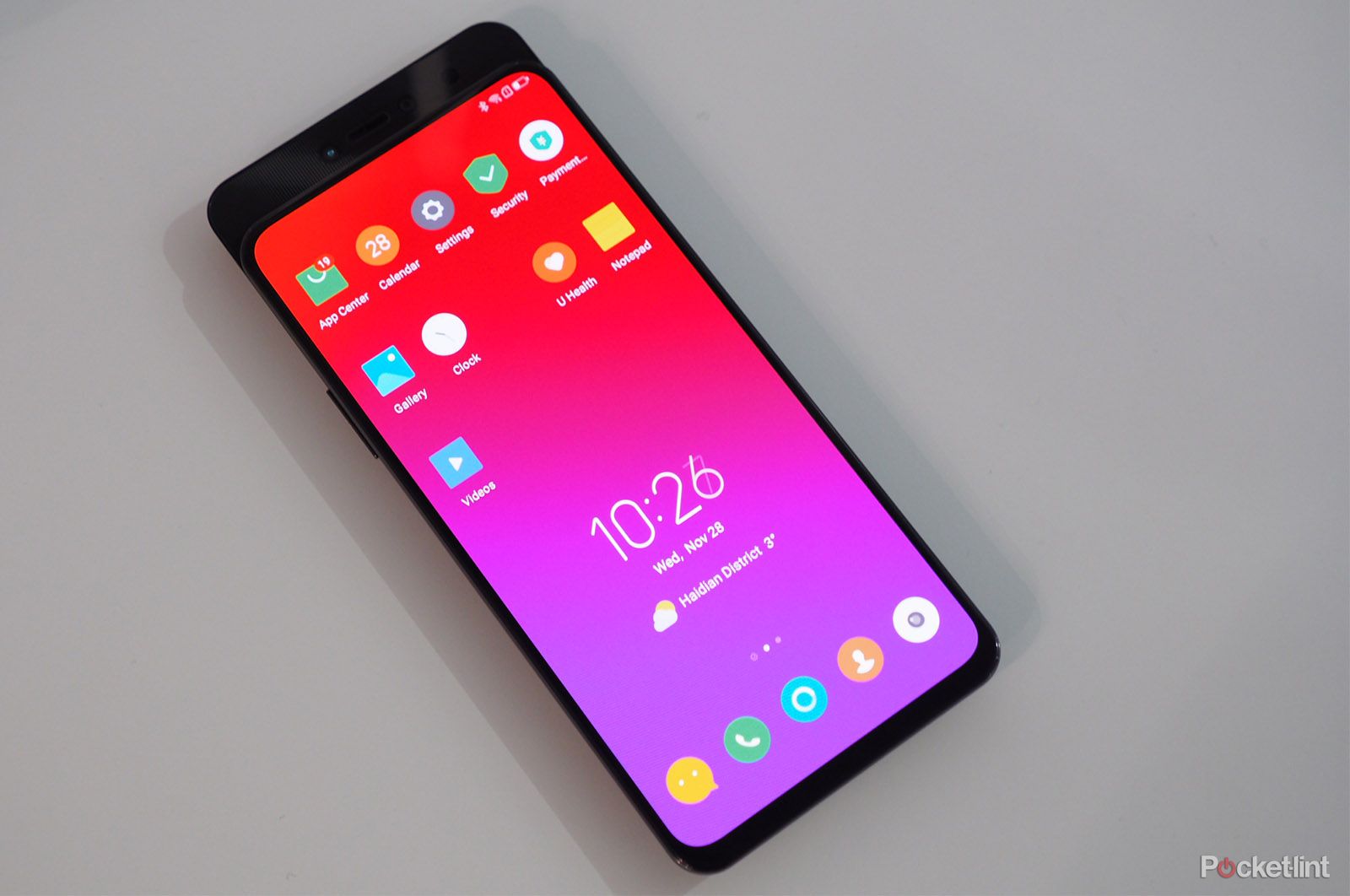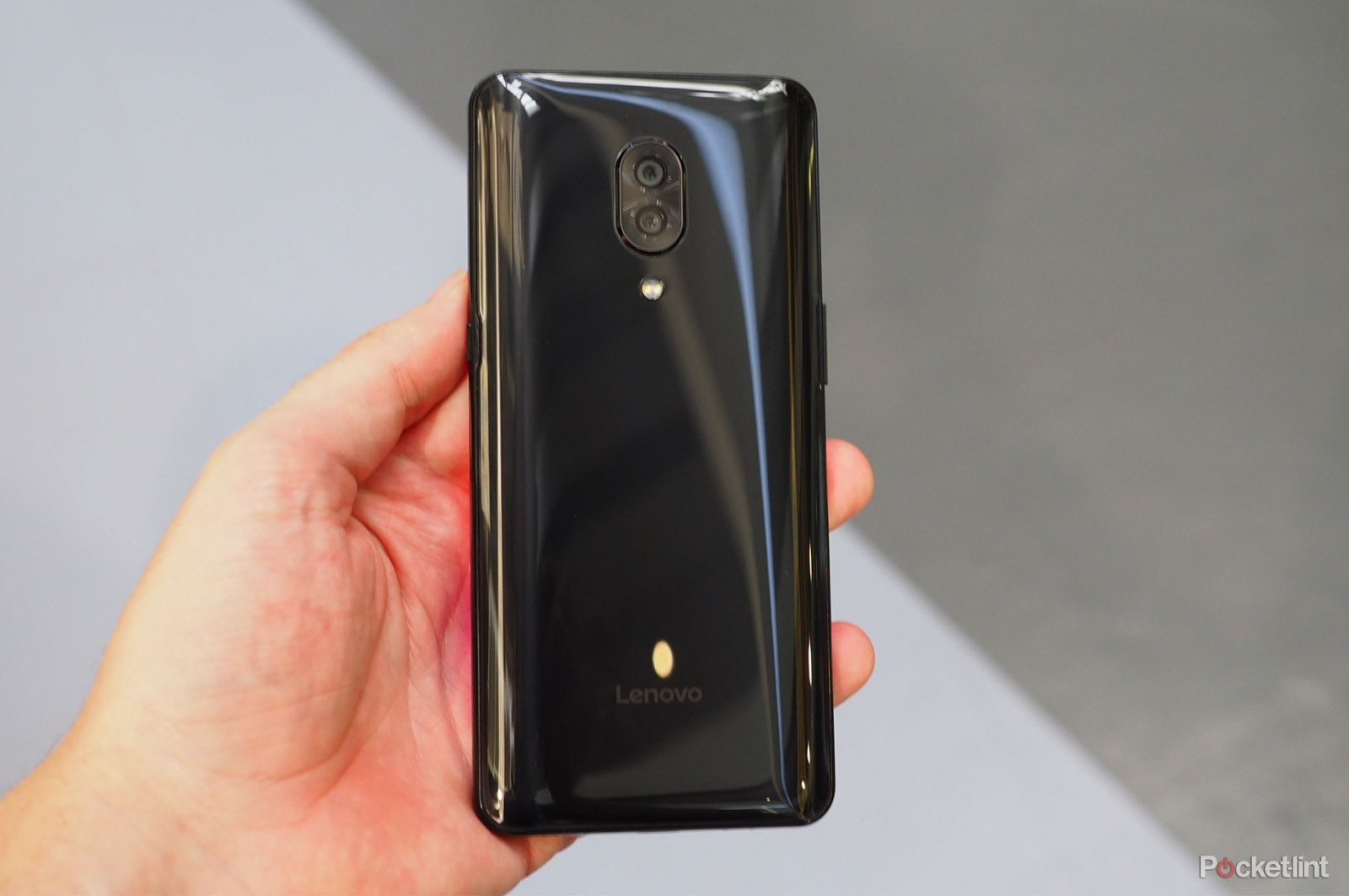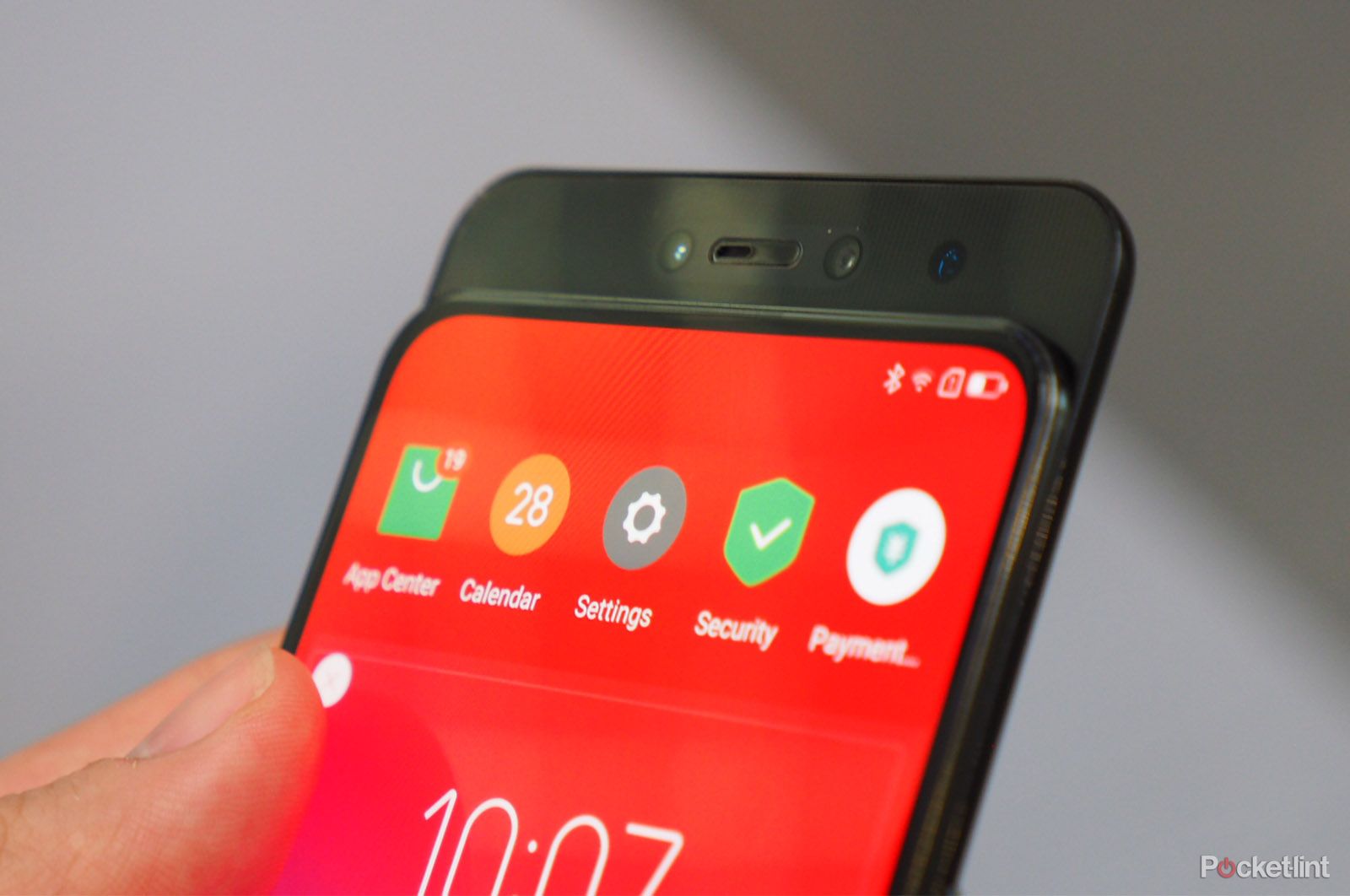What a bumper year it's been for slider phones – designed to physically hide the front camera behind a screen-sliding mechanism – in the march against the notch (that black-out dip to the top of many current flagships' screens where the camera and sensors are otherwise housed). It's like the flip phone reimagined for a new generation.
Enter the Lenovo Z5 Pro, a China-only device that, despite no intentions to launch to a wider market base, is a slider phone with plenty to shout about. Lenovo has managed to get the screen-to-body ratio down to an impressive 95 per cent – meaning there's less bezel than on any other phone you can buy.
That's mighty impressive, especially when you look at devices like the Xiaomi Mi Mix 3 or Honor Magic 2. So just what does this all mean for the buying public?
Our quick take
With China often being a world of its own, it's not necessarily a surprise that the Z5 Pro won't be found in other territories (just look at the Samsung flip phone as one other example of territory exclusivity).
What surprises more is how suddenly Lenovo has thrown itself into the design game once more, delivering the greatest screen-to-body ratio we've ever seen in a phone. That's no mean feat.
No, the Z5 Pro isn't the highest-end in terms of finish, nor is it the most powerful phone going, but in the march against the notch it's a strong outcome that stands on its own – and even asserts itself against its closest Xiaomi and Honor competition.
It does leave us with broader questions, however, such as how the Lenovo and Motorola relationship will progress and whether, in some sense, this Lenovo slider phone could be a foresight to the kind of future design ideas that we'll see represent the company in wider territories...
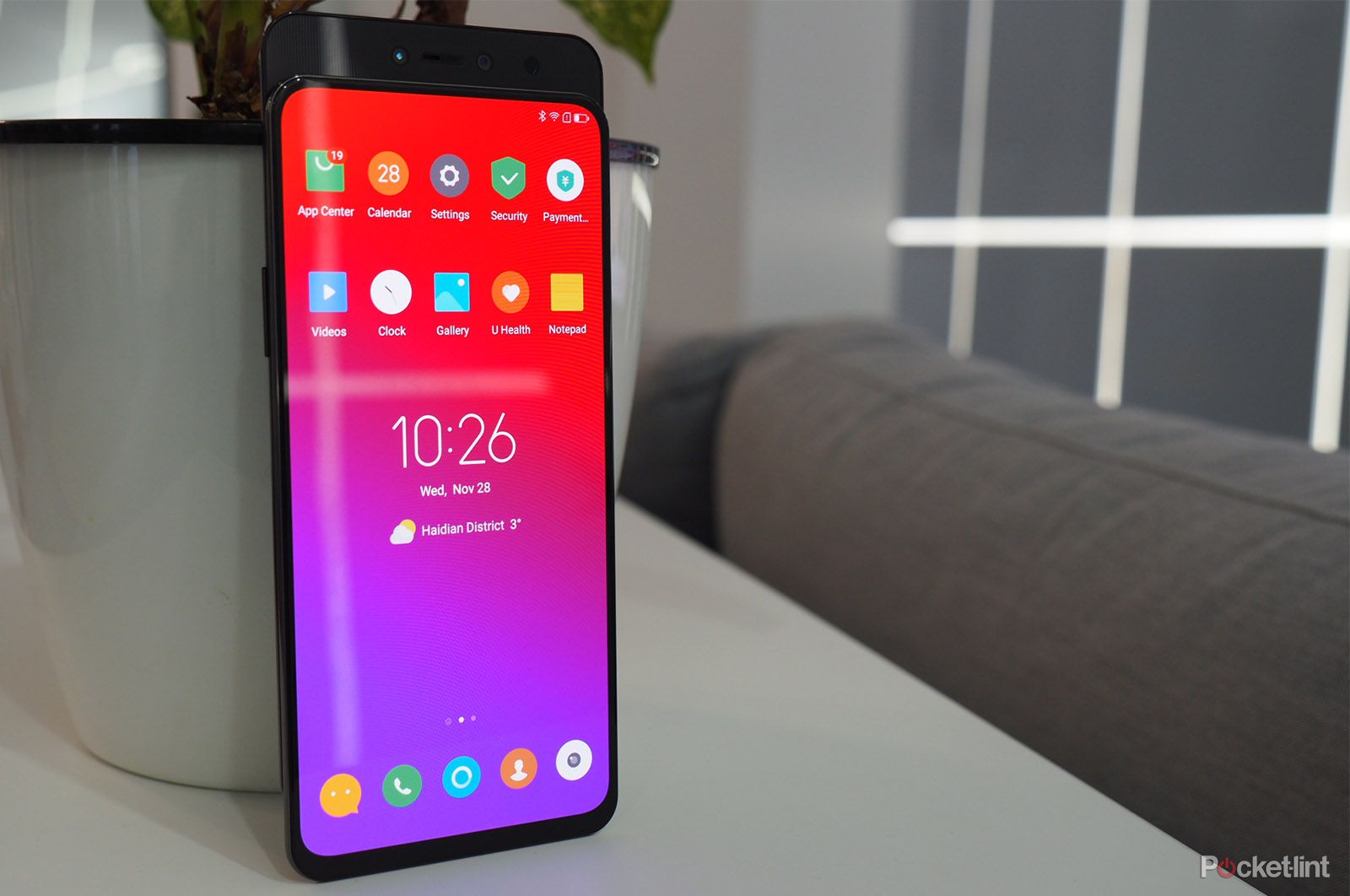
Lenovo Z5 Pro in pictures
| FOR | AGAINST |
|---|---|
|
|
|
Design
- Manual sliding mechanism
- In-screen fingerprint scanner
- 6.39-inch AMOLED display
- 1080 x 2340 resolution
- 19.5:9 aspect ratio
We've been following the slider phone phenomenon throughout 2018 as the design gathers momentum – particularly in the Chinese market. We've written a feature about it comparing and contrasting what's currently on offer, from Xiaomi and Honor to Lenovo and beyond:
Of all the slider phone devices out there, Lenovo has been quietest with its Z5 Pro. Which perhaps isn't a surprise when the company owns Motorola – an acquisition which has only just started to break even in 2018 thanks to dominance in emerging markets such as Brazil – and doesn't distribute new Lenovo phones outside of China.
The bigger surprise, really, is just how much more advanced the Z5 Pro is than its simpler Lenovo phone counterparts. The tiny amount of bezel, for example, is unsurpassed by other makers. And seeing as Xiaomi has been at the forefront of beating back the bezel for many years, for Lenovo to swoop in and show-off its capabilities in this way is a strong assertion of its hardware capabilities.
The Z5 Pro's finish isn't especially high-end, however, in its aim to be affordable. The join lines between the plastics used, for example, lag behind its competition – although there's no reason why an even more flagship phone in this design form couldn't be crafted (our first-person look at Lenovo's design labs at its Beijing HQ in late November 2018 showed off its scale and capability there). It's a rather thick device, too, when its 3350mAh battery isn't that much more capacious than its competition.
Elsewhere, however, high quality components have been sourced. The screen is the same 6.39in AMOLED panel from Samsung that we're seeing, well, just about everywhere of late. From Huawei in the Mate 20 Pro, to Xiaomi in the Mi Mix 3, this self-illuminating panel technology looks deep and rich. With such tiny amounts of bezel in the Z5 Pro the black rim almost merges with the phone's display, creating a tidy border.
Without space for a fingerprint scanner, the Z5 Pro opts for an in-screen one. We didn't get to use it with our own prints so don't know whether its capability will be on par with the Vivo NEX S or better-yet Huawei Mate 20 Pro. But for a phone that's far more affordable than those competitors, its proving a point that a lot can be had for little.
The sliding mechanism itself – a short, sharp pull on the main screen panel – is operated manually and feels much like that of the Xiaomi and Honor devices. It reveals the front cameras, auto-loads the selfie camera (if you've got the camera app open) and feels just about right. No mechanised and pricey operation here, as per the Oppo Find X.
Specs
- Qualcomm Snapdragon 710 processor (octa-core 2x 2.2GHz, 6x 1.7GHz), 6GB RAM
- Dual rear cameras: 16MP at f/1.8 (1/2.6in, 1.22µm); 24MP (1/2.8in, 0.9µm)
- Dual selfie cameras: 16MP at f/2.2 & 8MP
- 128GB storage (no mSD card slot)
- 3350mAh battery, USB-C
Where the Z5 Pro's proposition is a little less 'pro' than its name suggests is with its choice of internal components. It's not low-end, per se, but the Snapdragon 710 processor at its heart is a far cry from the super power of the 845 chip available elsewhere. Again, this is keeping with being cost effective.
Having seen and promptly grabbed the phone at Lenovo's HQ in Beijing – we've been wanting to see it for some time, so it was too good an opportunity in the circumstance – we've not had more than a few minutes to play with the device before being ushered along, hence this article being a soft review that's reflective of that.
As such we don't know how the device will truly operate under pressure, there's zero hope of it being Goggle-ified, too, given its China-only launch position, and we've certainly not lived with the device as if it's our own.
Still, the balance of spec and its fair battery capacity ought to forecast a good outcome in terms of longevity. The cameras are also not in line with the current crop of Moto phones, upping the resolution to a considerable 24-megapixels with a fairly speedy f/2.2 aperture.
Given the slider mechanism is largely about hiding the front cameras, Lenovo has taken the opportunity to position dual front-facing lenses. Savvy, we think, in a device such as this where blurred background selfies are all the rage.

